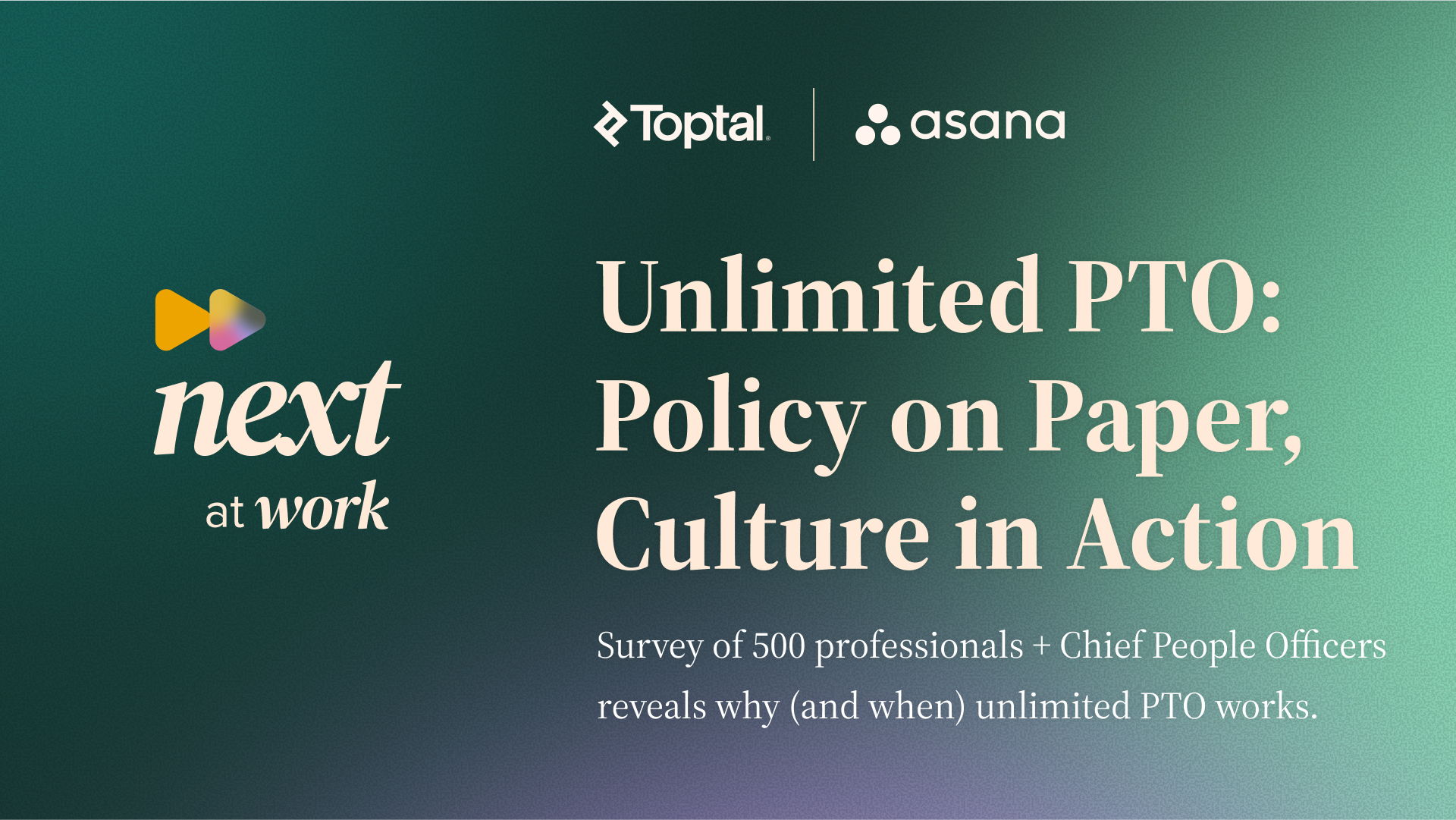Your Hiring Pulse report for May-June 2024
Does it seem like the roller coaster effect is nearing its end? In the latest edition of our Hiring Pulse, we're witnessing a surge in candidates per hire. But does this increase imply that there are more available jobs as well?

April’s Hiring Pulse presented some striking observations. Job postings have significantly decreased compared to previous years, and the candidate pool returned to more manageable levels.
This double edition of Hiring Pulse will delve into these matters further, offering insights into what unfolded in the market during April and May. Let me remind you that the data we’re examining is based on the completed months prior to the current period.
Let’s begin.
Contents
How we’re looking at data
We’ve adopted two methodologies in how we look at the Hiring Pulse dataset. For Time to Fill and Candidates per Hire, we’re measuring each month using the average of 2019, the last “normal” year, as a baseline index of 100.
For job openings, we’re taking a different route – simply, the average number of job postings per company. This gives us the opportunity to gauge overall recruitment activity and whether that’s going up or down.
Want a more detailed methodology? Jump to the end and check it out.
As always, we look at the worldwide trends for three common SMB hiring metrics:
Time to Fill (TTF)
Total Job Openings (JO)
Candidates per Hire (CPH)
Let’s start analyzing!
1. Time to Fill
For this report, Workable defines “Time to Fill” as the number of days from when a new job is opened to when that job opening is filled. It’s important to understand that definition: jobs that are still open as of the end of May are not included in this graph as they don’t yet have an “end date”. Only the jobs that are filled are included here.
Quick clarification: the data in this chart shows the trendline against the 2019 average as an index of 100, not the actual number of days in TTF.
Let’s have a look at the monthly TTF trend through to the end of May against the average of 2019, based on jobs that have been filled:
As noted in our previous edition, there is little fluctuation in the Time to Fill Metric this time around. It increased modestly by 1.1 points, from March’s 81.5 to April’s 82.6. However, in May, we see a drop of 1.8 points, mirroring last year’s pattern.
We’ve previously observed that January’s spike is likely due to hiring teams being stretched thin over the holiday season, with the return to ‘normal’ levels in February and beyond resulting from teams catching up on filling crucial roles within their organizations.
This month follows the same trend – just business as usual. This is reassuring until you examine the next metric – Job Openings.
2. Total Job Openings
Total job openings represent the total number of job openings activated across the entire Workable network.
As stated above, we’re displaying this as an average of job postings per company in the network. And because this is not contingent on job opened/filled dates like TTF and Candidates per Hire, we can simply look at the raw job open numbers up to the end of May.
As usual, examining the four company size categories – 1-50, 51-200, 200+, and the overall average – reveals interesting insights.
The key statistic to focus on is the average number of job postings across all company sizes within the entire Workable network. This figure has decreased to 8.1 job postings per company on average in April and May, down from 8.6 in February and 8.2 in March. Notably, this shows stability compared to the same period last year, when the numbers were down by almost 1 point.
However, trends differ within the enterprise-level category (200+ full-time employees). This group saw an average of 16.5 new job postings in March, increasing to 17.3 in April and slightly decreasing to 17 in May.
Medium-sized businesses (51-200) experienced a notable drop in March (6.8), followed by an increase to 7.5 in April and a slight decline to 7.1 in May.
Small businesses (1-50) have shown relatively stable activity, with 6.8 job postings in March, 6.4 in April, and 6.5 in May.
Remember the example we shared in our previous edition? Let’s update it with May’s numbers:
For a typical enterprise-level company with 250 employees, May’s average of 17 job openings means 6.8% of the payroll is looking for new hires—one in every 14.7 positions needs filling.
For medium-sized businesses with around 125 employees, 7.1 job postings in May translate to 5.7% of the workforce, or one in every 18 employees. These companies are hiring slightly more per capita than in March.
In small businesses with about 25 employees, May’s 6.5 job postings mean a significant 26% of the workforce needs replacing or hiring for new roles—more than one in four employees. Imagine in a small office, for every four people, one is a new hire. This makes quick onboarding crucial, as delays can be costly for small, agile businesses.
You might be curious about how all of this compares to previous years, especially since we’ve covered it in the last couple of our editions.
Note: this is calculated a little differently. For the sake of direct comparison, we’re using January of each year as our baseline index of 100.
3. Candidates per Hire
Workable defines the number of candidates per hire (CPH) as, succinctly, the number of applicants for a job up to the point of that job being filled. Again, remember, this is a trendline using the 2019 CPH average as a baseline of 100, not the actual number of candidates per hire.
Let’s look at what’s going on here through April and May:
Enough with the roller coaster effect. Candidates are actively seeking new opportunities after a prolonged period of decline.
For those who need a refresher, the Candidates per Hire metric has been steadily climbing (with occasional months of moderate drops or stabilization) since around mid to late 2022. Then, suddenly, there was a dramatic drop. If the shift from January’s 189.9 to February’s 182 felt significant, then the drop to March’s 161.6 was nothing short of dramatic.
But now, rejoice! April and May show a stable increase, with 175.2 candidates per hire. This echoes figures from last August, but we’re feeling more optimistic now, hoping this trend will continue to rise. Another roller coaster ride? Hopefully not.
Since we’re conducting year-over-year comparisons in this report, let’s apply that to CPH as well.
Here’s a new observation. Through year-over-year comparisons, it’s evident that this year deviates from the trend of previous years, which typically saw a decrease during this period, suggesting a possible seasonality. Why might that be?
Candidates are actively searching for opportunities post-March, and we believe there are two main reasons for this. Firstly, there are fewer job openings this year, and secondly, layoffs are on the rise. Consequently, candidates are casting a wider net and submitting their resumes to more open positions than they did previously.
Let’s delve deeper into this.
What’s going on here?
The current job market appears to be tightening, with fewer available job openings and more candidates applying for each position compared to the typical trend for this time of year.
This shift in the job market is likely influenced by economic factors, such as layoffs, which are compelling candidates to conduct more extensive job searches. Companies may find themselves receiving more applications per open position, while job seekers may face increased competition in their pursuit of new opportunities.
One way to stay pace with your competition is not just to maintain product competitiveness, but to also acquire and retain the best talent that’s out there. A solid HR suite may be what you need to stay up there atop the hill.
See you next month!
Thoughts, comments, disagreements? Send them to [email protected], with “Hiring Pulse” in the subject heading. We’ll share the best feedback in an upcoming report. Watch for our next Hiring Pulse in July!
The Hiring Pulse: Methodology
Because one of the three metrics (Job Openings) is different from the other two metrics (Time to Fill and Candidates per Hire), we’re adopting two very distinct methodologies.
To bring the best insights to small and medium (and enterprise-level) businesses worldwide, here’s what we’re doing with the Job Openings metric: we’re taking the number of job openings in a given month and dividing that by the number of active companies in our dataset, and posting that as an average. For example, if July 2022 shows the average Job Openings per company as 7.7, that simply means each company posted an average of 7.7 jobs that month.
For the Time to Fill and Candidates per Hire metrics, we’re comparing a specific month’s trend against the full average of 2019, and we show the result using that 2019 average as a baseline index of 100. For example, if July 2022 shows an average Time to Fill of 30 days for all jobs, and the monthly average for all of 2019 is 28, we present the result for July 2022 as 107.1 – in other words, 7.1% higher than the average of 2019.
And we chose 2019 as the baseline because, frankly, that’s the last normal year before the pandemic started to present challenges to data analysis among other things.
The majority of the data is sourced from businesses across the Workable network, making it a powerful resource for SMBs when planning their own hiring strategy.
Frequently asked questions
- What is the hiring pulse report?
- The hiring pulse report analyzes job market trends, focusing on metrics like Time to Fill, Total Job Openings, and Candidates per Hire based on original data from Workable's network. The latest report covers April and May, highlighting a decrease in job postings and more manageable candidate levels, reflecting the evolving economic landscape.
- How has the job market changed according to the latest hiring pulse report?
- The hiring pulse report shows a decrease in job postings and a stable candidate pool. Job openings per company averaged 8.1 in April and May, down from earlier months. Candidates per hire increased to 175.2, suggesting intensified job searches due to fewer openings and more layoffs.
- What trends are observed in Time to Fill in the hiring pulse report?
- The report indicates little fluctuation in Time to Fill, with a minor increase from March to April followed by a drop in May. This stability suggests consistent hiring practices, with January spikes attributed to holiday season disruptions and subsequent normalization.
- Why is the Candidates per Hire metric important in the hiring pulse report?
- Candidates per Hire (CPH) reflects the number of applicants per job until it's filled. The hiring pulse report shows a stable increase in CPH for April and May, indicating more candidates are seeking opportunities due to fewer job openings and increased layoffs, intensifying competition.
- How can businesses use insights from the hiring pulse report?
- Businesses can use the hiring pulse report to adjust their hiring strategies by understanding market trends. With fewer job postings and more candidates per hire, companies should focus on swift onboarding and competitive hiring practices to attract top talent in a tightening job market.


